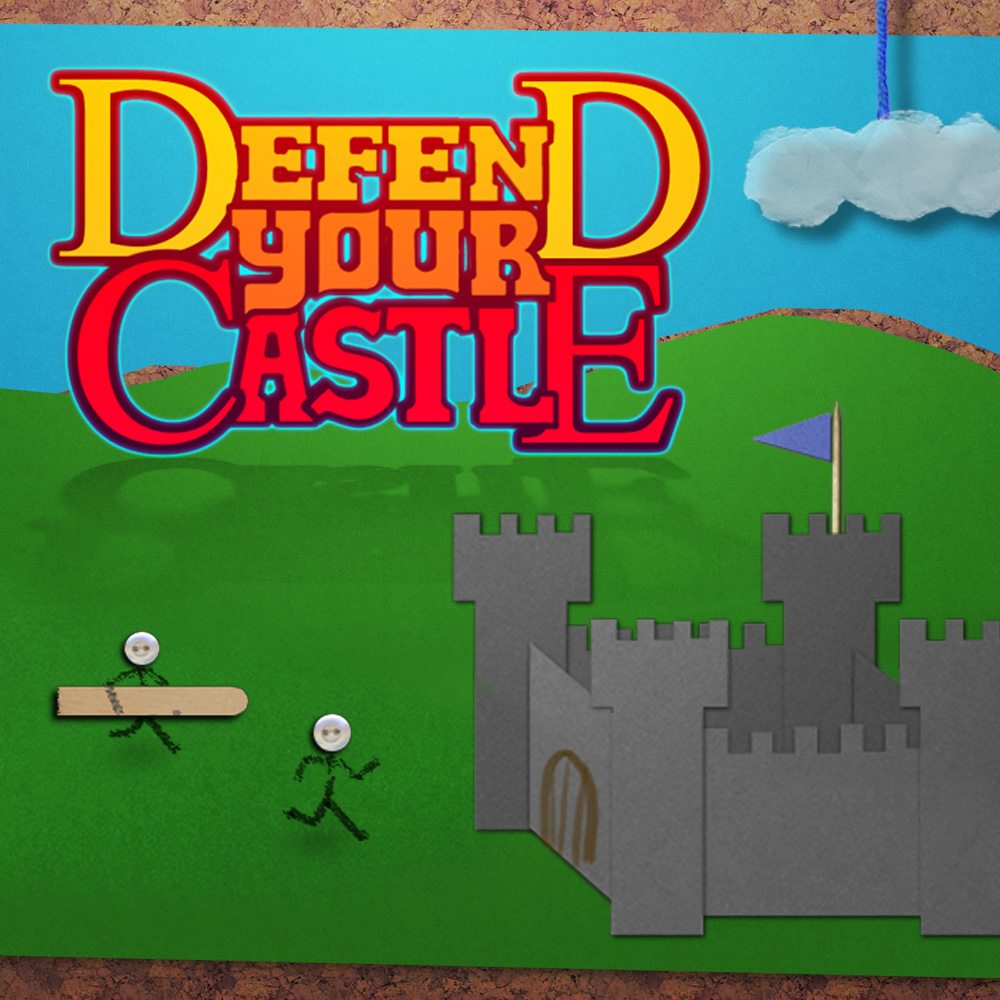
We have only scant knowledge of the castle in the later Middle Ages, until the reign of Edward IV (r.1461–83), when the great tower was remodelled as an occasional residence. The late medieval and Tudor castle, and Stuart decline The passage continued as a tunnel under the Spur, where it divided into three, allowing defenders to defend the barbican. The builders remade the barbican and cut a tunnel under the outer wall to reach it, via the new St John’s Tower that dominated the outer ditch, and a covered passage across it. The vulnerable north gate was blocked solid and replaced by two more: the main one at Constable’s Gate on the west side, also a residence for the castle constable, and a secondary one, Fitzwilliam Gate, on the east. When war ended in 1217, building resumed for Henry III (r.1216–72). The castle garrison, led by Hubert de Burgh, repulsed all attempts to take the castle, though the barbican and main gate at the northern end were severely damaged.

This was the castle that resisted determined sieges in 12 during the First Barons’ War (1215–17), when King John fought against a coalition of English barons and Prince Louis, heir to the French throne. This prompted more expenditure at Dover, furthering the design of Henry II in the outer wall and towers, and royal accommodation in the inner bailey. In 1204, King John (r.1199–1216) lost the Duchy of Normandy to the French king, Philip II (r.1180–1223), resulting in enemy territory just across the Channel. With no substantial properties in Kent, Henry needed a magnificent and impressive setting in which to receive and accommodate important visitors making the journey. One important reason for this rebuilding may have been the new pilgrimage route to Thomas Becket’s shrine in Canterbury. His engineer, Maurice, built the inner bailey and towers, part of the outer bailey and a huge centrepiece – the immense great tower, a sophisticated building that combined defence with a palatial residence. He spent lavishly, creating at Dover the most advanced castle design in Europe. The castle visible today was established by Henry II (r.1154–89), in the decade 1179–89. The castle was extended in the 12th century, although we know nothing of its appearance before the great rebuilding of the 1180s. He established a fortification, possibly around the church, but there are no surviving remains. In 1066, William the Conqueror came to Dover after the Battle of Hastings to capture the port. A cemetery discovered during archaeological excavations in 1962 indicated that a community lived nearby, perhaps in a fortified burh. Its exceptional size hints that it might have had a royal patron – Godwin, Earl of Wessex (r.1020–53), father of King Harold (r.1066), is one possibility. The church of St Mary in Castro dates to around AD 1000. The pharos was later reused for the church of St Mary in Castro as a chapel and bell tower, and can still be seen. The fort at Dubris was demolished around AD 215 and a new one constructed around AD 270, which may have continued in use, along with the lighthouses, into the 5th century. These lighthouses supported fire beacons to act as navigation lights for ships approaching the narrow river mouth, enabling them to find a quayside outside the fort. The Romans built an octagonal tower-like lighthouse ( pharos) on Castle Hill around the same time, with another on the opposite hill, the Western Heights. Though building stopped suddenly, it began again around AD 130 and the fort was completed.

This was Dubris, a fort for the classis Britannica, a Roman fleet that patrolled the eastern Channel. Seventy years after the Roman invasion in AD 43, construction of a fort began at the mouth of the river Dour. Slight evidence of occupation in the 1st century BC was found during excavations in 1962, near the castle church of St Mary in Castro. In southern England, hillforts were built from about 500 BC until the Roman invasion, variously as places of permanent habitation or of refuge. The irregular shape and massive enclosed area of the castle earthworks are not typically medieval, more closely resembling a hillfort. The origin of settlement on Castle Hill, where Dover Castle stands, may be in the pre-Roman Iron Age. Iron Age hillfort, Roman lighthouse, Anglo-Saxon church


 0 kommentar(er)
0 kommentar(er)
